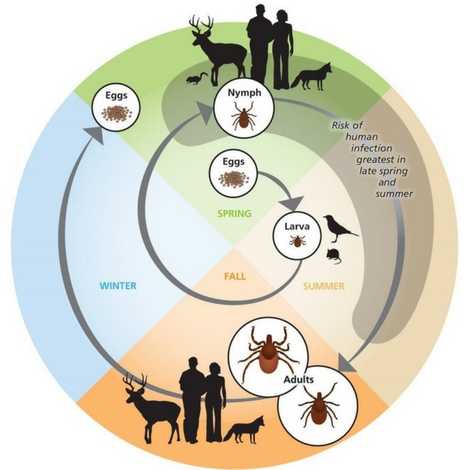tick life cycle canada
Stages in the Life Cycle of Ticks. These are spherical slightly translucent dark brown in color and are laid in clusters of up to 3000 individuals.

Groundhog Tick Ixodes Cookei Ticksafety Com
All ticks whether they are hard or soft undergo four developmental stages namely egg larva nymph and adult.

. However they can lay eggs just about anywhere else and they do. Ticks that require multiple molts before reaching maturity can take up to three years to reach full adulthood. Now let us look at their life cycle to get a better understanding.
These stages are egg larvae or seed tick nymph and adult. Some female ticks lay one large batch of eggs before dying while others will lay a few smaller batches before reaching the end of their life span. A male tick will die soon after mating.
These eggs are the first of the four distinct life stages that make up the tick life cycle. On average tick eggs hatch after about 2 weeks though it can take as long as 6. Ticks begin their lives as eggs.
Once a tick has reached maturity its sole purpose is to reproduce. There are dozens of different tick species that are commonly found across Canada. The separation between tick risk zones and tick safe zones on and around your property can be a single step.
They can be found across the eastern half of the United States and into southern portions of. Egg larvae nymph and adult. 1 The Egg Stage 1 After the adult female tick has acquired a proper blood meal she mates with the adult male tick leaves the host and searches for a suitable spot to lay her eggs.
Adult females drop off the third host to lay eggs after feeding usually in the fall. Egg larva nymph and adult. The Ixodes scapularis ticks that transmit Lyme disease in Eastern regions of the United States and Canada have a two-year life cycle.
Female ticks lay thousands of eggs on the ground which then hatch into larvae known as seed ticks. These are the two you will often find in high risk areas. Female adults die after egg-laying is complete.
Ticks are not able to lay eggs directly on a host they must first detach. After the eggs hatch the ticks must have a. The life cycle of ticks Eggs.
Egg larva nymph adult. Lets review the life-cycle of a tick. After hatching the newly-born tick larva requires a blood meal to advance to the next stage of life as a six-legged nymph.
The female tick then leaves the host and. After a two-year life cycle a female tick can lay thousands of eggs. The ticks need a new host at each stage of their life.
At this stage of life these small ticks about 18-inch in size have six legs instead of the eight legs they will have later on in their lives. The life cycle of a tick is completed after four stages namely egg larva nymph and adult it requires more than a year to complete a full life cycle. Blacklegged ticks are common species and the primary vectors for Lyme disease Anaplasmosis Babesiosis and other illnesses.
Three-host ixodid ticks have a life cycle that usually spans three years although some species can complete the cycle in only two years. Ticks have 4 distinct stages to their life cycle. They can survive on large mammals such as humans livestock dogs cats.
Its important to be familiar with this life cycle to get rid of ticks from your lawn and landscape and prevent tick bites. Soft ticks do not have the hard shield and they are shaped like a raisin. On the other hand the brown dog tick can complete its whole life cycle indoors.
Inside or out ticks love a warm environment to lay their eggs. Ticks have 4 life stages. There are dozens of tick species found across Canada but two of the most common are American Dog Ticks and Blacklegged Ticks.
Eggs are not dangerous and. A tick goes through a similar life cycle as other arthropods as the metamorphosis starts at the egg stage moves to larval stages then to the nymphal stage and finally to adult. In early spring ticks begin to lay their eggs.
Different Types of Ticks in Ontario Canada American dog tick or Dermacentor variabilis. During this development ticks go through four stages of life. The tick requires a blood meal to evolve into each stage of its life.
Eggs hatch into six-legged larvae and overwinter in the larval stage. The majority of hard ticks require three different hosts to complete their development. What is the ticks life cycle.
They are abundant in the province of Ontario. The First Stage egg The adult female tick first fulfills a proper blood meal then the process of mating occurs between an adult male and adult female tick. Two of the most common types are Black Legged ticks formerly know as the Deer Tick and the American Dog tick.
Each stage of the life cycle requires a blood meal to develop and eggs typically hatch into six-legged larvae after a period of four to 10 days. Ixodes scapularis the black-legged deer tick which is the primary vector for Lyme disease has a four-stage life cycle and a lifespan of about two years. Soft ticks prefer to feed on birds or bats and are seldom found on dogs or cats.
Females deposit from 3000 to 6000 eggs on the ground. Ticks have four distinct life stages. During this time they go through four life stages.
Eggs Larvae Nymph and Adults. The blacklegged tick or deer tick Ixodes scapularis is one of the most important ticks in the Northeast for human and animal health. Life Cycle of Ticks.
It begins in early spring when adult females lay eggs on the. Generally adult female hard ticks breed while on the host animal and then drop to the ground to lay eggs. Egg Larvae Nymph and Adult.
According to Cornell University the blacklegged tick wont usually survive for more than a day indoors unless near a moist environment. The eggs hatch and six-legged larvae emerge from the eggs. The American dog tick and lone star tick can live for up to a few days indoors but not usually long enough to feed again.
These ticks have four stages of the life cycle. Black Legged ticks are the common vector for Lyme Disease. The lifecycle of Ixodes pacificus ticks generally lasts three years.

Life Cycle Of The Ixodes Tick Vectors Of Lyme Borreliosis Reservoir Download Scientific Diagram
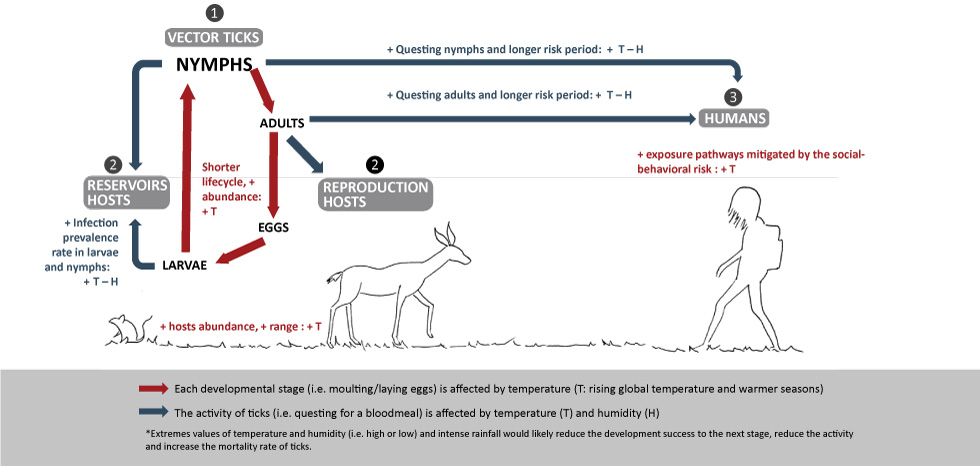
Tick Borne Disease With Climate And Environmental Changes Canada Ca

Tick Bites Lyme Disease Symptoms Tick Removal
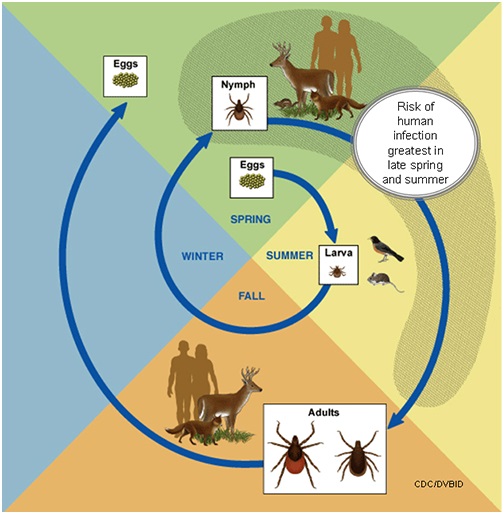
Ticks What Do I Need To Know As An Atlantic Canadian Mountain Road Animal Hospital

Update Protecting Yourself Your Dog From Ticks Toronto 2020 Royal York Animal Hospital

The Typical Life Cycle Of The Black Legged Or Deer Tick Ixodes Download Scientific Diagram

Simplified General Life Cycle Of Babesia Spp Modified And Adapted Download Scientific Diagram

The Typical Life Cycle Of The Black Legged Or Deer Tick Ixodes Download Scientific Diagram

Life Cycle Of Ixodes Ricinus And Transmission Of Rodent Associated Download Scientific Diagram

Western Blacklegged Tick Tickencounter
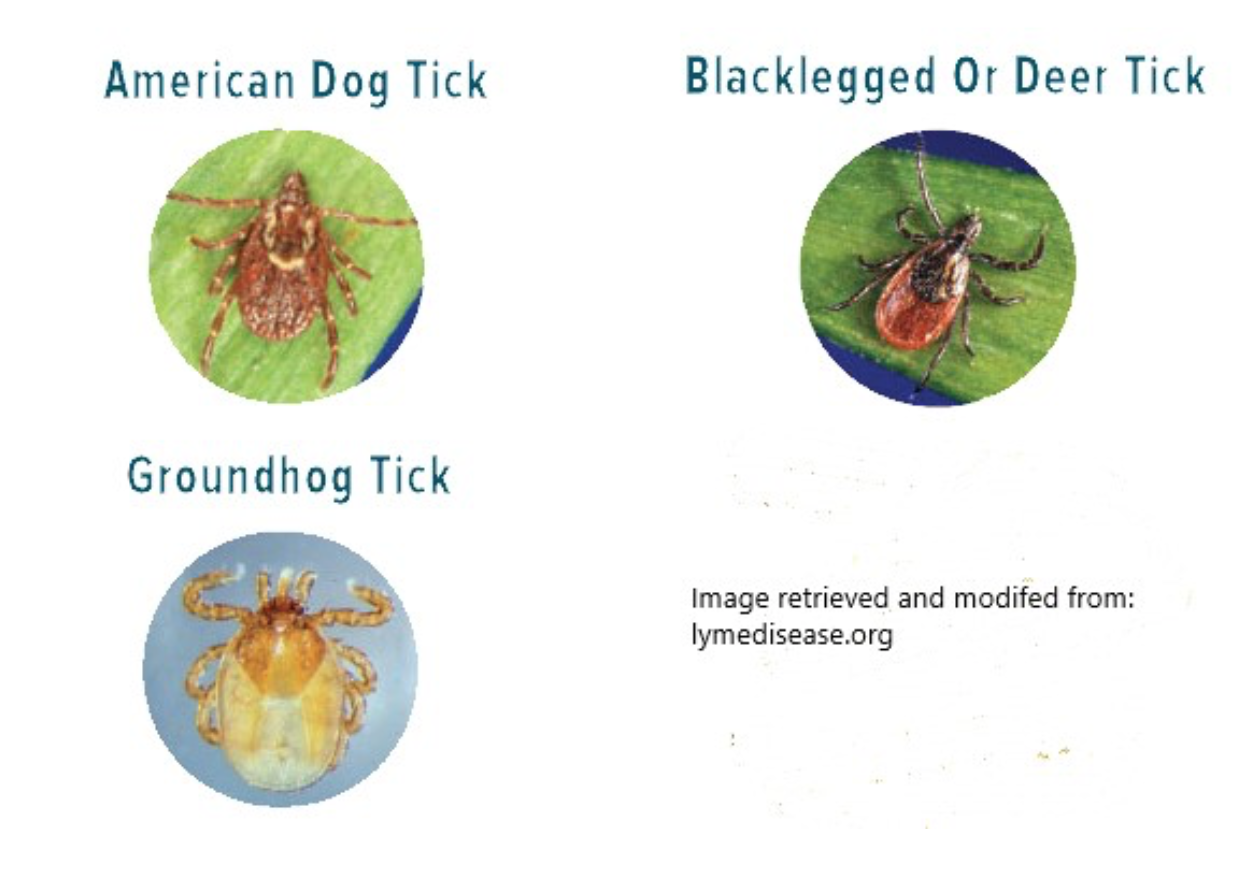
Ticks Lyme Disease And Our Pets St David S Veterinary Clinic
It S November My Dog Can T Have Ticks Can He
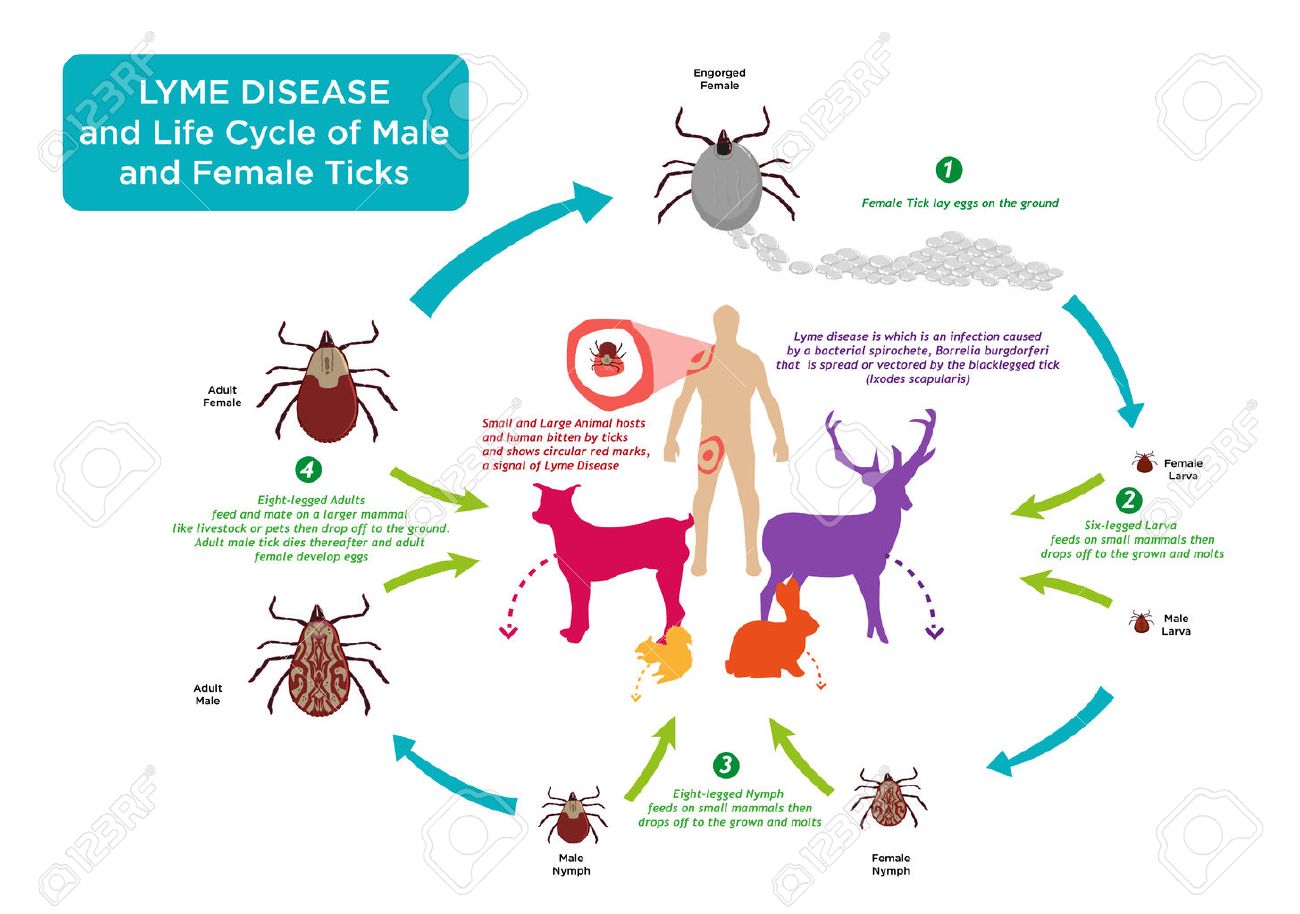
Life Cycle Of Tick Bug With Its Common Hosts And Human With Lyme Disease Which Is

Tick Disease Prevention Tools Deerbusters Canada
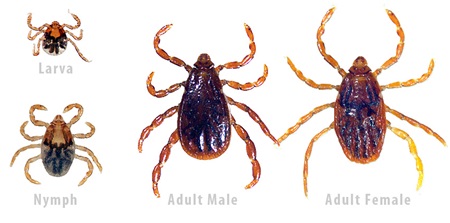
Ticks What Do I Need To Know As An Atlantic Canadian Mountain Road Animal Hospital
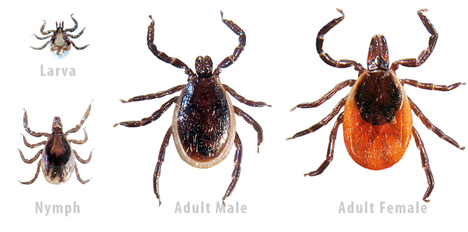
Ticks What Do I Need To Know As An Atlantic Canadian Mountain Road Animal Hospital

Update Protecting Yourself Your Dog From Ticks Toronto 2020 Royal York Animal Hospital

